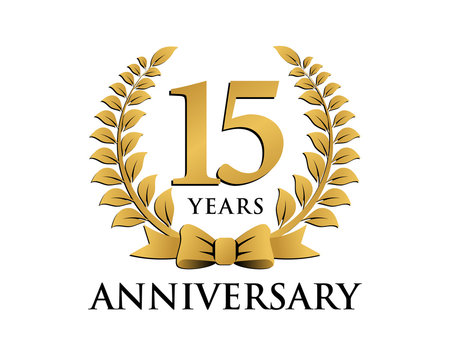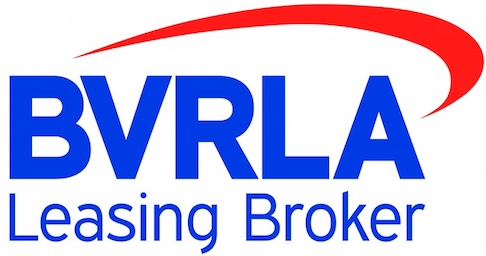Will Wear and Tear Effect My Lease?
One of the questions that gets asked a lot when people are enquiring about leasing with us, is whether wear and tear will affect the lease. As this is a very common question, we have put together this guide so that you will fully understand the guidelines that you need to adhere to when it comes to keeping your vehicle in good condition, hopefully ensuring you keep the vehicle in the best condition you possibly can. This should stop you getting caught out when the time comes for you to return your vehicle, and in addition to this guide, we will always provide you with a more detailed outline of the terms and conditions of the leasing agreement when you sign up for a contract.
When taking a lease out on a vehicle, it is always your responsibility to return the vehicle to the finance company in as good a condition as possible. The vehicle will be inspected for damage at the end of the contract, and any damage that is found and is deemed to be classed as 'excessive wear and tear' might incur a penalty so that the damage can be repaired.
With anything, especially vehicles, it is inevitable that there will be a few signs of wear and tear, especially if you have had the vehicle for two or maybe three years. Marks and scuffs may appear from stone chips etc, so the British Vehicle Rental and Leasing Association (BVRLA) has created a guide as to what constitutes as fair wear and tear.
Follow these rules as a guide:
- The vehicle should be returned in a safe and roadworthy condition. All the appropriate documentation, spare keys and any other equipment should also be present
- The vehicle should be serviced according to the manufacturer's service schedule and car books need to be stamped at the time of service to keep the history of the car
- Before the car is returned, the car should be in a clean condition to allow a thorough inspection of the vehicle
A brief guide to wear and tear:
- Windscreen - Acceptable (small scratches outside of the driver's eyesight), Unacceptable (holes, chips, cracks in the glass and scratches inside the drivers line of sight)
- Wheels - Acceptable (minor scuffing up to 25 mm in length, will also need to meet minimum legal requirements), Unacceptable (scoring and other damage to the wheel surface, damage to side walls or uneven tread wear)
- Wing mirrors - Acceptable (minor scuffing as long as no paintwork is damaged), Unacceptable (missing, damaged or cracked wing mirrors)
- Bumpers - Acceptable (minor scuffing up to 25 mm in length), Unacceptable (deep scuffs where pane is broken, dented, and any cracked areas)
- Bodywork - Acceptable (small areas of chipping, light scratches of up to 25mm in length - relative to vehicle's age; dents up to 10mm providing paint is not broken), Unacceptable (stone chips or scratches over 25mm in length which have exposed the bare metal of the vehicle, any impact damage, multiple dents on a single panel)
- Decals - Acceptable (all decals need to be removed along with all glue residue), Unacceptable (any damage caused by the removal of any badges or advertising)
- Interior upholstery - Acceptable (needs to be clean and tidy, with only slight wear and soiling through normal use), Unacceptable (burns, tears or permanent staining; any damage caused by the fitting of equipment such as mobile phones)
Like all leasing companies, we adhere to all the policies which have been set out under the BVRLA code of conduct, which ensure all companies within our industry trade fairly. Before your vehicle is due back to the leasing company, be it with us, or another outfit, you need to consider the following:
- Understand the standard - You are able to request a copy of the BVRLA industry standard through your leasing company, or you can request a hard copy direct from the BVRLA by clicking here to download an order form.
- Appraising the vehicle - This will identify any damage that does not constitute fair wear and tear and requires repair. Use the BVRLA Fair Wear and Tear Guide and the following tips when appraising your vehicle:
- Carry out an appraisal of the vehicle 10-12 weeks before you are due to return it. This will allow you enough time to arrange to have any unacceptable wear and tear sorted out.
- Appraise the vehicle as honestly as you can and be objective, try getting a second opinion from a friend.
- Choose a time and place with good light, as this is how the leasing company will appraise the vehicle, so that they can get a good understanding of any problems.
- Wash the vehicle thoroughly before appraising it and allow the bodywork time to dry, as soapy water might mask any issues.
- Walk all the way around the vehicle to examine each panel closely (including the roof, bonnet, doors and other bodywork) for any significant damage.
- Inspect lamps, lenses, windows and mirrors for any scratches
- Thoroughly clean and valet the interior
- Check the upholstery for odours, tears, burns, stains and wearing
- Inspect all controls, including audio equipment and accessories so that they are in fully working condition
When looking for a car leasing deal, it's very important to find out the intricate details regarding the wear and tear policies, so you know what condition you need to keep your car in for the duration of, and when it comes to the end of your leasing contract.
We'll make sure to run through absolutely everything that you need to know. This way you'll be able to stay on top of your car maintenance and will be able to make sure that, when you come to do your vehicle appraisal, you know what to look out for, before then returning the vehicle in the condition that it was when your received it in.


